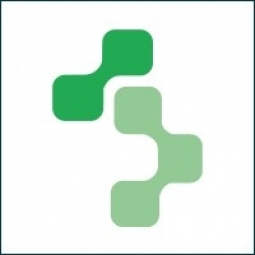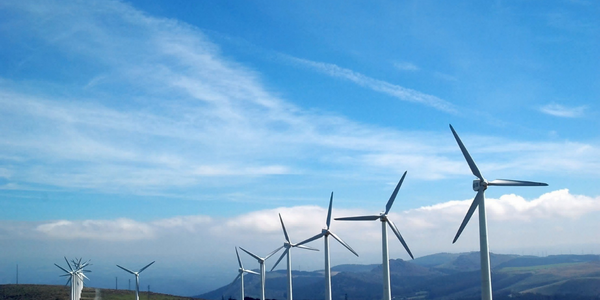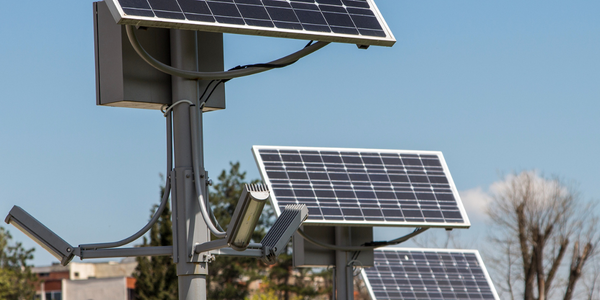The Sustainable Biomass Program: Enhancing Data Quality and Insight with ChainPoint-based Certification and Audit Management Platform

Technology Category
- Cybersecurity & Privacy - Security Compliance
- Platform as a Service (PaaS) - Application Development Platforms
Applicable Industries
- Renewable Energy
Applicable Functions
- Quality Assurance
Use Cases
- Leasing Finance Automation
- Visual Quality Detection
Services
- System Integration
- Testing & Certification
About The Customer
The customer in this case is the Sustainable Biomass Program (SBP), a certification system designed for woody biomass used in industrial, large-scale energy production. SBP aims to provide assurance that woody biomass is sourced from legal and sustainable sources, allowing companies in the biomass sector to demonstrate compliance with regulatory requirements. SBP’s Data Transfer System (DTS) holds a wealth of information on biomass supplied with an SBP claim. The DTS facilitates the collection and carriage of energy data throughout the biomass supply chain, enabling the calculation of greenhouse gas emissions and the identification of any carbon savings achieved by burning biomass in place of fossil fuel sources.
The Challenge
The Sustainable Biomass Program (SBP) is a certification system designed for woody biomass used in industrial, large-scale energy production. The program aims to provide assurance that woody biomass is sourced from legal and sustainable sources, allowing companies in the biomass sector to demonstrate compliance with regulatory requirements. SBP’s Data Transfer System (DTS) holds a wealth of information on biomass supplied with an SBP claim. The DTS facilitates the collection and carriage of energy data throughout the biomass supply chain, enabling the calculation of greenhouse gas emissions and the identification of any carbon savings achieved by burning biomass in place of fossil fuel sources. Initially, SBP used a combination of questionnaires and checklists based on Microsoft Word and their CRM system to record information on certifications and audits. However, this system was not efficient and did not provide the level of data quality and insight required.
The Solution
After reviewing and analysing different solutions from various suppliers, SBP chose ChainPoint as the platform for its new Audit Portal. The ChainPoint based Audit Portal introduced a new way to generate and submit audit reports (the SBP Public Summary Report) and Supply Base Reports. This new system moved beyond CRM, Word templates and PDF reports, allowing SBP to make use of digital tools and automation. This improved data quality, standardised report content and made the process more efficient for users when it comes to completing the reports. The Audit Portal also supported SBP in developing a robust monitoring and evaluation system to monitor and report on SBP’s impacts and help the organisation improve the certification scheme. Key features of SBP’s Audit Portal include online SBP certification applicant registrations and an overview of all applicants, online audit report and supply base forms with smart validations and automations, automatic form/template version control, access to all certificate details, audit schedules and audit checklists, connectivity to suppliers and buyers, and aggregated data reporting.
Operational Impact

Case Study missing?
Start adding your own!
Register with your work email and create a new case study profile for your business.
Related Case Studies.

Case Study
Remote Monitoring & Predictive Maintenance App for a Solar Energy System
The maintenance & tracking of various modules was an overhead for the customer due to the huge labor costs involved. Being an advanced solar solutions provider, they wanted to ensure early detection of issues and provide the best-in-class customer experience. Hence they wanted to automate the whole process.

Case Study
Vestas: Turning Climate into Capital with Big Data
Making wind a reliable source of energy depends greatly on the placement of the wind turbines used to produce electricity. Turbulence is a significant factor as it strains turbine components, making them more likely to fail. Vestas wanted to pinpoint the optimal location for wind turbines to maximize power generation and reduce energy costs.

Case Study
Siemens Wind Power
Wind provides clean, renewable energy. The core concept is simple: wind turbines spin blades to generate power. However, today's systems are anything but simple. Modern wind turbines have blades that sweep a 120 meter circle, cost more than 1 million dollars and generate multiple megawatts of power. Each turbine may include up to 1,000 sensors and actuators – integrating strain gages, bearing monitors and power conditioning technology. The turbine can control blade speed and power generation by altering the blade pitch and power extraction. Controlling the turbine is a sophisticated job requiring many cooperating processors closing high-speed loops and implementing intelligent monitoring and optimization algorithms. But the real challenge is integrating these turbines so that they work together. A wind farm may include hundreds of turbines. They are often installed in difficult-to-access locations at sea. The farm must implement a fundamentally and truly distributed control system. Like all power systems, the goal of the farm is to match generation to load. A farm with hundreds of turbines must optimize that load by balancing the loading and generation across a wide geography. Wind, of course, is dynamic. Almost every picture of a wind farm shows a calm sea and a setting sun. But things get challenging when a storm goes through the wind farm. In a storm, the control system must decide how to take energy out of gusts to generate constant power. It must intelligently balance load across many turbines. And a critical consideration is the loading and potential damage to a half-billion-dollar installed asset. This is no environment for a slow or undependable control system. Reliability and performance are crucial.

Case Study
Remote Monitoring and Control for a Windmill Generator
As concerns over global warming continue to grow, green technologies are becoming increasingly popular. Wind turbine companies provide an excellent alternative to burning fossil fuels by harnessing kinetic energy from the wind and converting it into electricity. A typical wind farm may include over 80 wind turbines so efficient and reliable networks to manage and control these installations are imperative. Each wind turbine includes a generator and a variety of serial components such as a water cooler, high voltage transformer, ultrasonic wind sensors, yaw gear, blade bearing, pitch cylinder, and hub controller. All of these components are controlled by a PLC and communicate with the ground host. Due to the total integration of these devices into an Ethernet network, one of our customers in the wind turbine industry needed a serial-to-Ethernet solution that can operate reliably for years without interruption.

Case Study
Temperature monitoring for vaccine fridges
Dulas wanted a way to improve the reliability of the cold chain, facilitating maintenance and ensuring fewer vaccines are spoiled. Dulas wanted an M2M solution which would enable them to record and report the temperature inside vaccine refrigerators.

Case Study
IoT Powering A New Way to Light Streets with Bifacial Solar Panels
When James Meringer’s commercial contracting business experienced a rapid increase in solar projects, he also saw an opportunity to extend the benefits of solar by using the bifacial solar panels he’d become familiar with in new ways. Bifacial solar panels enable sunlight from both sides of the panel, making it a more efficient harvest of solar power. Seeing the panel’s power, James and his team set out to use the same technology for street lighting. Until now, solar street lights have served as utilitarian solutions that force designers to choose between form and function. The Mira Bella Energy team has changed that.






